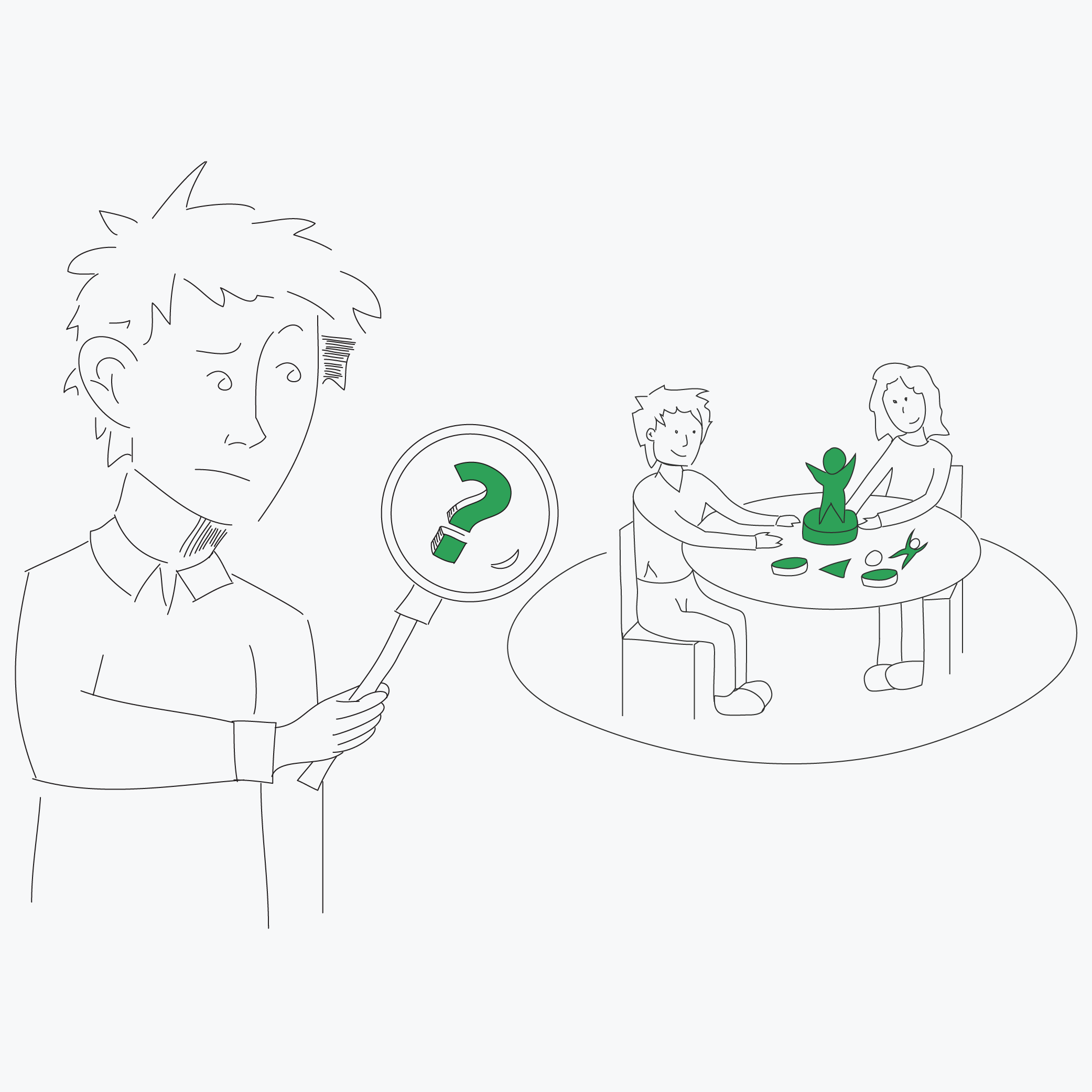Usability Test
Why?
The students utilise a Usability Test in order to identify usability problems and determine the users’ overall satisfaction with a prototype. Since the usability test is carried out in cooperation with users, or other stakeholders, it involves a high level of user-involvement, which enables an evaluation process that taps directly into the most important source of information, namely the users.
How?
The students test their prototypes on a representative sample of users or other stakeholders linked to the problem. This prototype could be a product, concept, or business model that the students want to test. The students need to define and write down the specific aspects that they want the users to test. In accordance with this, the students prepare different tasks and related questions that the users need to perform, reflect on and answer, while testing the prototype. For example, the students might ask the users to think out loud whilst they test the prototype, or ask the users to perform a number of tasks with the prototype that reflect its usability. All identified usability problems are written down during this process.
Tips
The students take photos or video recordings of the users while they are undertaking the test(s). This material forms the foundation for making a user journey or a subsequent interview with the users for a deeper evaluation of the usability of the prototype.
The students might also conduct a Usability Test with an expert in the field in order to get further input.
Literature
Virzi, R. A. (1992). Refining the test phase of usability evaluation: how many subjects is enough? Human Factors: The Journal of the Human Factors and Ergonomics Society, 34(4), 457-468.

